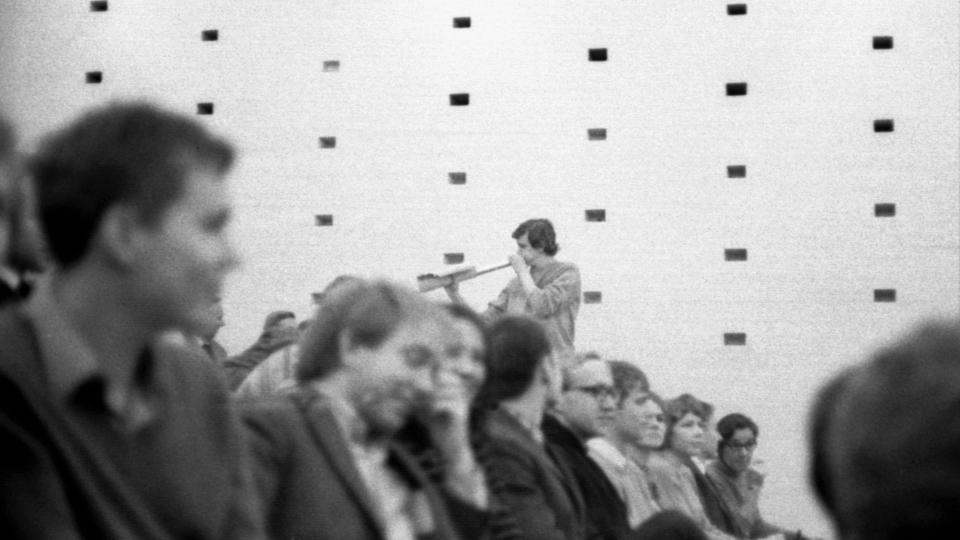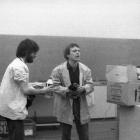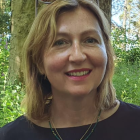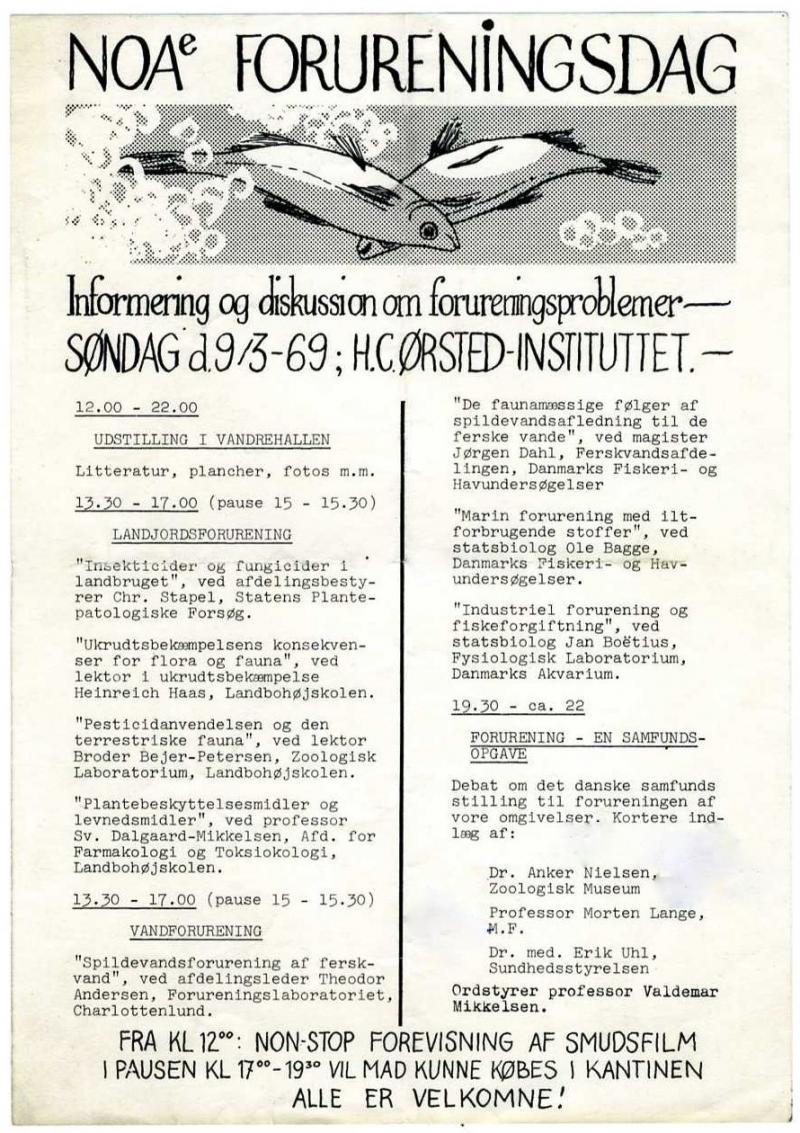
Program for the NOA pollution day, 9 March 1969. On this day the establishment of the environmental movement NOAH was proclaimed.
Program for the NOA pollution day, 9 March 1969. On this day the establishment of the environmental movement NOAH was proclaimed.
© 1969 NOAH
Used by permission.
The copyright holder reserves, or holds for their own use, all the rights provided by copyright law, such as distribution, performance, and creation of derivative works.
The date 9 March 1969 marks an important day in the history of environmentalism in Denmark. On this day, the environmental organization NOAH was established, following a spectacular happening in an auditorium at the University of Copenhagen.
A group of students primarily connected to natural-science studies at the University of Copenhagen and the Copenhagen School of Architecture was discontented with the lack of environmental perspectives in research and public politics. Through the already existing student organization NOA, they invited different strata of Danish society to a “pollution day.” Former activists recall today that more than one thousand people participated in the day, which consisted of lectures, films, and exhibitions on the pollution of land, water, and air. The manifold activities were scheduled to conclude with a panel in a big auditorium, but the activists had other plans. The audience that showed up for the debate consisted of professors, politicians, students, and journalists. In the hallway, an artificial beach had been created and filled with debris and pollution. When the crowd was seated, the doors were locked and closed from the outside. Then there was noise, from traffic and DC-9 planes, played over loudspeakers. The lights were turned off, garbage cans were lit on fire, and fumes from garbage and tobacco filled the room. A lot of different activities took place—too many to mention here. A motorbike entered the scene, a goldfish was placed in an aquarium with contaminated water and died. Then polluted water was sprayed on the audience. The crowd was fed apples by young women in summer dresses. Some people bit into the apples before the activists stated that they had been treated with the insecticide Bladan. Then an activist entered the scene with a duck from a wildlife station; the duck was covered with oil waste. “Is there a friend of animals present who will save this duck?,” asked one of the activists. The audience was silent. No one replied, and so an activist killed the duck with a pair of garden scissors. The lights were turned on again and the activists announced that they would start an environmental movement to solve the problems that the experts and politicians refused to acknowledge. Around 50 people signed up to take part in the new movement.
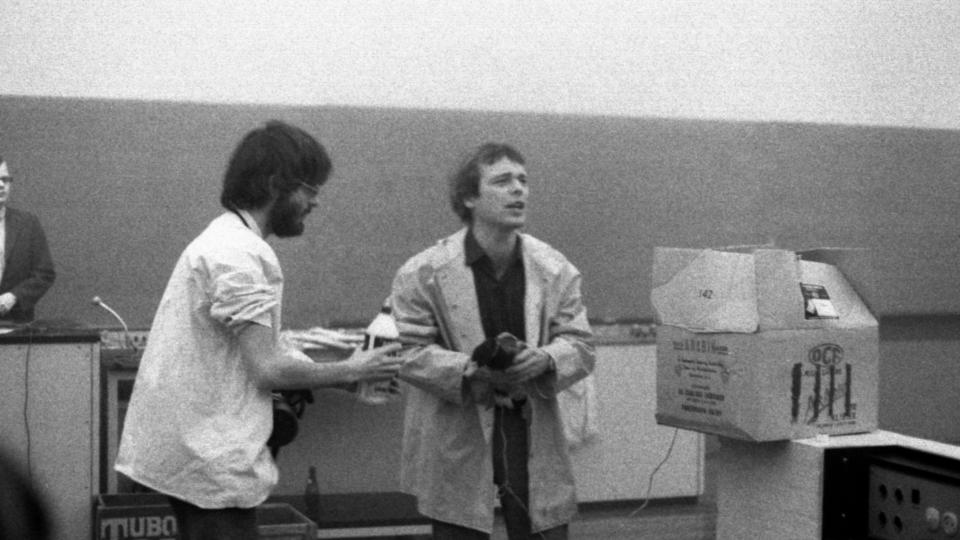
Activists Carl Herforth (left) and Peder Agger (right) with the soon-to-be-dead, oil-covered duck.
Activists Carl Herforth (left) and Peder Agger (right) with the soon-to-be-dead, oil-covered duck.
© 1969 Niels Juul Busch
Used by permission.
The copyright holder reserves, or holds for their own use, all the rights provided by copyright law, such as distribution, performance, and creation of derivative works.
NOAH took its name from the existing organization NOA, an acronym of “Naturhistoriske Onsdags Aftener” (“Natural Historical Wednesday Evenings”). This organization had existed since 1911 and had to some extent been part of earlier environmental debates. NOAH became connected to and a part of the political culture associated with the new left. Despite its biblical name, NOAH was not a religious organization. The four letters were not an abbreviation, but a way of retaining some of the former organization’s name and for some a reference to “the first environmental activist.”
Publications, books, and magazines played a central role in the organization, which operated with the stated goal of combating pollution and its causes, and of identifying solutions. In early NOAH publications, capitalism and economic growth are seen as root causes of environmental problems. The systemic critique of NOAH was “ecology based” in the sense that society and environment were analyzed in the context of each other, and not as separate entities. In this sense, the founding of NOAH was also a reaction to the lack of a response to environmental problems from other organizations. This includes the conservation organization The Danish Society for Nature Conservation (DN) that, like the student organization NOA, had been established in 1911. Together with NOAH, DN became part of the “new environmental debate” from the early 1970s but on a less radical platform.
The organizational structure of NOAH was based on autonomous groups. From the early 1970s, an internal NOAH newsletter, together with a consensus-based biannual meeting, became the primary decision-making tool of the organization. Adherence to this organizational structure has been in effect for around fifty years, making NOAH an example of how anarchist or anarchist-inspired organizational structures can exist over time. In some cases, NOAH has been directly or indirectly involved with the established political system (i.e., influencing national environmental legislation and local cases of pollution), and in other cases, its primary contributions have been the spreading of counter-information to dominant scientific or political discourses, as well as being a scene for alternative political culture.
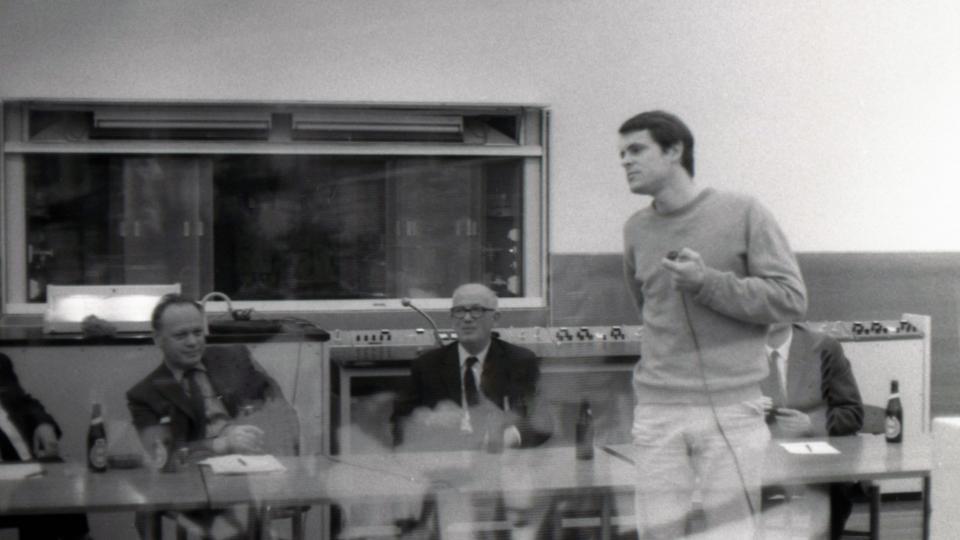
NOAH activist and architect Gregers Algreen-Ussing in front of invited panelists, namely: Dr. Anker Nielsen, Zoological Museum; Prof. Morten Lange, member of parliament for the Socialist People’s Party; Dr. med. Erik Uhl, Sundhedsstyrelsen (the Danish health authority); and moderator Prof. Valdemar Mikkelsen.
NOAH activist and architect Gregers Algreen-Ussing in front of invited panelists, namely: Dr. Anker Nielsen, Zoological Museum; Prof. Morten Lange, member of parliament for the Socialist People’s Party; Dr. med. Erik Uhl, Sundhedsstyrelsen (the Danish health authority); and moderator Prof. Valdemar Mikkelsen.
© 1969 Niels Juul Busch
Used by permission.
The copyright holder reserves, or holds for their own use, all the rights provided by copyright law, such as distribution, performance, and creation of derivative works.
In 1988, NOAH became a member of the Friends of the Earth International network. Over the years, thousands of activists have been active in NOAH, and more than one hundred different local or theme-based groups—including groups in Greenland and Iceland—have been a part of NOAH, which today is a smaller organization. NOAH has been used as a “poster organization” in journalism and educational material, as an example of an organization and/or culture often associated with the “1968 revolt,” the 1970s, and environmentalism. Today the organization retains the founding ideals of small independent groups, decentralized decision making and a strong antipathy towards the growth economy. However, today’s NOAH does not have a national presence through local NOAH-groups as it did in the 1970s. Its core work is played out through theme-based groups, mostly centered around Copenhagen, but with members from all over the country as well as Greenland.
Acknowledgments
This article is based on studies of archive material from NOAH, journalistic depictions, and research literature on the Danish environmental movement.
How to cite
Hougaard, Asger. “The Founding of the Danish Environmental Movement NOAH.” Environment & Society Portal, Arcadia (Summer 2019), no. 18. Rachel Carson Center for Environment and Society. doi.org/10.5282/rcc/8563.
ISSN 2199-3408
Environment & Society Portal, Arcadia
 This work is licensed under a Creative Commons Attribution 4.0 International License.
This work is licensed under a Creative Commons Attribution 4.0 International License.
2019 Asger Hougaard
This refers only to the text and does not include any image rights.
Please click on an image to view its individual rights status.
- Beck, Rasmus Thirup. “En aflivet and og en nyfødt miljøbevægelse.” Samvirke, January 2009. (Link.)
- Brandt, Jesper, and Peder Agger. “NOAHs flyvende start – og tiden derefter.” In Miljøbevægelsens rødder – NOAH siden 1969, edited by Asger Hougaard, John Holten-Andersen, Mads Kjærgaard Lange, and Palle Bendsen. Copenhagen: NOAHs Forlag (forthcoming, March 2019).
- Herforth, Carl. “Jorden er en enestående blå planet.” In Miljøbevægelsens rødder – en antologi, edited by Asger Hougaard, John Holten-Andersen, Mads Kjærgaard Lange, and Palle Bendsen. Copenhagen: NOAHs Forlag, 2019.
- Læssøe, Jeppe, and Andrew Jamison. “The Making of the New Environmentalism in Denmark.” In The Making of the New Environmental Consciousness: A Comparative Study of the Environmental Movements in Sweden, Denmark and the Netherlands, edited by Wolfgang Rüdig, 66–120. Edinburgh: Edinburgh University Press, 1990


